Wodek Gawronski0387406492, 9780387406497
Table of contents :
Series Preface……Page 8
Preface……Page 10
Contents……Page 14
List of Symbols……Page 20
1.1.1 A Simple Structure……Page 24
1.1.3 A 3D Truss……Page 25
1.1.5 The Deep Space Network Antenna……Page 26
1.2 Definition……Page 29
1.3 Properties……Page 30
2 Standard Models……Page 36
2.1.1 State-Space Representation……Page 37
2.1.2 Transfer Function……Page 38
2.2.1 Nodal Models……Page 39
2.2.2 Modal Models……Page 40
2.3.1 Nodal Models……Page 52
2.3.2 Models in Modal Coordinates……Page 54
2.3.3 Modal Models……Page 58
3.1 Models with Rigid-Body Modes……Page 64
3.2.1 State-Space Representation……Page 68
3.2.2 Second-Order Representation……Page 71
3.2.3 Transfer Function……Page 72
3.3.1 Model with Proof-Mass Actuators……Page 73
3.3.2 Model with Inertial Actuators……Page 76
3.4 Models with Small Nonproportional Damping……Page 77
3.5 Generalized Model……Page 81
3.5.2 Transfer Function……Page 82
3.6 Discrete-Time Models……Page 83
3.6.1 State-Space Representation……Page 84
3.6.2 Transfer Function……Page 86
4.1 Definition and Properties……Page 88
4.1.1 Continuous-Time Systems……Page 89
4.1.2 Discrete-Time Systems……Page 91
4.1.3 Relationship Between Continuous- and Discrete-Time Grammians……Page 92
4.2 Balanced Representation……Page 94
4.3 Balanced Structures with Rigid-Body Modes……Page 96
4.4 Input and Output Gains……Page 97
4.5.1 Diagonally Dominant Grammians……Page 99
4.5.2 Closed-Form Grammians……Page 102
4.5.3 Approximately Balanced Structure in Modal Coordinates……Page 103
4.6.1 Grammians……Page 108
4.6.2 Approximately Balanced Structure in Modal Coordinates……Page 110
4.8 Controllability and Observability of the Discrete-Time Structural Model……Page 114
4.9 Time-Limited Grammians……Page 117
4.10 Frequency-Limited Grammians……Page 122
4.11 Time- and Frequency-Limited Grammians……Page 126
4.12 Discrete-Time Grammians in Limited-Time and -Frequency Range……Page 130
5.1.1 The H[sub(2)] Norm……Page 132
5.1.2 The H[sub(∞)] Norm……Page 134
5.1.3 The Hankel Norm……Page 135
5.2.1 The H[sub(2)] Norm……Page 136
5.2.3 The Hankel Norm……Page 137
5.3.1 The H[sub(2)] Norm……Page 138
5.3.2 The H[sub(∞)] Norm……Page 140
5.3.3 The Hankel Norm……Page 141
5.3.4 Norm Comparison……Page 142
5.4 Norms of a Structure……Page 143
5.4.2 The H[sub(∞)] Norm……Page 144
5.4.3 The Hankel Norm……Page 146
5.5.1 The H[sub(2)] Norm……Page 147
5.5.2 The H[sub(∞)] Norm……Page 149
5.6 Norms of a Structure with Actuators and Sensors……Page 150
5.6.1 The H[sub(2)] Norm……Page 151
5.6.2 The H[sub(∞)] Norm……Page 153
5.6.3 The Hankel Norm……Page 155
5.7 Norms of a Generalized Structure……Page 158
5.8 Norms of the Discrete-Time Structures……Page 160
5.8.1 The H[sub(2)] Norm……Page 161
5.8.2 The H[sub(∞)] Norm……Page 162
5.8.4 Norm Comparison……Page 163
6.1 Reduction Through Truncation……Page 166
6.2.1 H[sub(2)] Model Reduction……Page 168
6.2.2 H[sub(∞)] and Hankel Model Reduction……Page 169
6.3 Reduction in the Finite-Time and -Frequency Intervals……Page 170
6.3.1 Reduction in the Finite-Time Interval……Page 171
6.3.2 Reduction in the Finite-Frequency Interval……Page 173
6.3.3 Reduction in the Finite-Time and -Frequency Intervals……Page 174
6.4 Structures with Rigid-Body Modes……Page 178
6.5.1 Actuators and Sensors in a Cascade Connection……Page 182
6.5.2 Structure with Accelerometers……Page 184
6.5.3 Structure with Proof-Mass Actuators……Page 185
6.5.4 Structure with Inertial Actuators……Page 188
7 Actuator and Sensor Placement……Page 190
7.2 Additive Property of Modal Norms……Page 191
7.2.2 The H[sub(∞)] and Hankel Norms……Page 192
7.3.1 H[sub(2)] Placement Indices and Matrices……Page 193
7.3.2 H[sub(∞)] and Hankel Placement Indices and Matrices……Page 195
7.3.3 Actuator/Sensor Indices and Modal Indices……Page 196
7.4 Placement for Large Structures……Page 203
7.4.2 Sensor Placement Strategy……Page 205
7.5.1 Structural Testing and Control……Page 210
7.5.2 Sensor and Actuator Properties……Page 212
7.5.3 Placement Indices and Matrices……Page 215
7.5.4 Placement of a Large Number of Sensors……Page 216
7.6 Simultaneous Placement of Actuators and Sensors……Page 220
8 Modal Actuators and Sensors……Page 226
8.1.1 Modal Actuators……Page 227
8.1.2 Modal Sensors……Page 231
8.2 Modal Actuators and Sensors Through Grammian Adjustment……Page 236
9 System Identification……Page 242
9.1 Discrete-Time Systems……Page 243
9.3 Identification Algorithm……Page 244
9.4 Determining Markov Parameters……Page 247
9.5.1 A Simple Structure……Page 249
9.5.2 The 2D Truss……Page 253
9.5.3 The Deep Space Network Antenna……Page 255
10 Collocated Controllers……Page 258
10.1 A Low-Authority Controller……Page 259
10.2 Dissipative Controller……Page 260
10.3 Properties of Collocated Controllers……Page 262
10.4 Root-Locus of Collocated Controllers……Page 264
10.5.1 A Simple Structure……Page 268
10.5.2 The 2D Truss……Page 269
11 LQG Controllers……Page 272
11.1 Definition and Gains……Page 273
11.2 The Closed-Loop System……Page 276
11.3 The Balanced LQG Controller……Page 277
11.4 The Low-Authority LQG Controller……Page 278
11.5 Approximate Solutions of CARE and FARE……Page 280
11.6 Root-Locus……Page 283
11.7 Almost LQG-Balanced Modal Representation……Page 285
11.9 The Tracking LQG Controller……Page 287
11.10 Frequency Weighting……Page 289
11.11.1 The Reduction Index……Page 292
11.11.2 The Reduction Technique……Page 294
11.11.3 Stability of the Reduced-Order Controller……Page 295
11.11.4 Performance of the Reduced-Order Controller……Page 297
11.11.5 Weights of Special Interest……Page 298
11.12 Controller Design Procedure……Page 299
11.13.1 A Simple Structure……Page 300
11.13.2 The 3D Truss……Page 302
11.13.3 The 3D Truss with Input Filter……Page 304
11.13.4 The Deep Space Network Antenna……Page 306
12 H[sub(∞)] and H[sub(2)] Controllers……Page 310
12.1 Definition and Gains……Page 311
12.2 The Closed-Loop System……Page 314
12.3 The Balanced H[sub(∞)] Controller……Page 315
12.4.1 Gains……Page 317
12.5 The Low-Authority H[sub(∞)] Controller……Page 319
12.6 Approximate Solutions of HCARE and HFARE……Page 321
12.7 Almost H[sub(∞)]-Balanced Modal Representation……Page 323
12.10 Frequency Weighting……Page 324
12.11.2 Closed-Loop Poles……Page 327
12.11.3 Controller Performance……Page 329
12.12 Controller Design Procedure……Page 330
12.13.1 A Simple Structure……Page 331
12.13.2 The 2D Truss……Page 333
12.13.3 Filter Implementation Example……Page 335
12.13.4 The Deep Space Network Antenna with Wind Disturbance Rejection Properties……Page 336
Appendices……Page 340
A: Matlab Functions……Page 342
A.1 Transformation from an Arbitrary State-Space Representation to the Modal 1 State-Space Representation……Page 343
A.2 Transformation from an Arbitrary State-Space Representation to the Modal 2 State-Space Representation……Page 345
A.3 Transformation from Modal Parameters to the Modal 1 State-Space Representation……Page 347
A.4 Transformation from Modal Parameters to the Modal 2 State-Space Representation……Page 348
A.5 Transformation from Nodal Parameters to the Modal 1 State-Space Representation……Page 349
A.6 Transformation from Nodal Parameters to the Modal 2 State-Space Representation……Page 351
A.7 Determination of the Modal 1 State-Space Representation and the Time- and Frequency-Limited Grammians……Page 352
A.8 Open-Loop Balanced Representation……Page 354
A.9 H[sub(2)] Norm of a Mode……Page 355
A.11 Hankel Norm of a Mode……Page 356
A.12 LQG-Balanced Representation……Page 357
A.13 H[sub(∞)-Balanced Representation……Page 358
B.1 Example 2.5……Page 360
B.2 Example 3.3……Page 364
B.3 Example 4.11……Page 365
B.4 Example 5.3……Page 367
B.5 Example 6.7……Page 370
B.6 Example 7.2……Page 371
B.7 Example 8.1……Page 376
B.8 Example 9.1……Page 379
B.9 Example 10.4.2……Page 382
B.10 Example 11.13.1……Page 384
B.11 Example 12.13.2……Page 388
C.1 Mass and Stiffness Matrices of the 2D Truss……Page 394
C.2 Mass and Stiffness Matrices of the Clamped Beam Divided into 15 Finite Elements……Page 396
C.3 State-Space Representation of the Deep Space Network Antenna……Page 399
References……Page 402
C……Page 412
F……Page 413
I……Page 414
M……Page 415
O……Page 416
S……Page 417
T……Page 418
W……Page 419
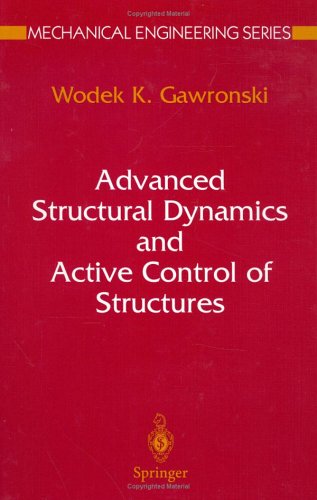
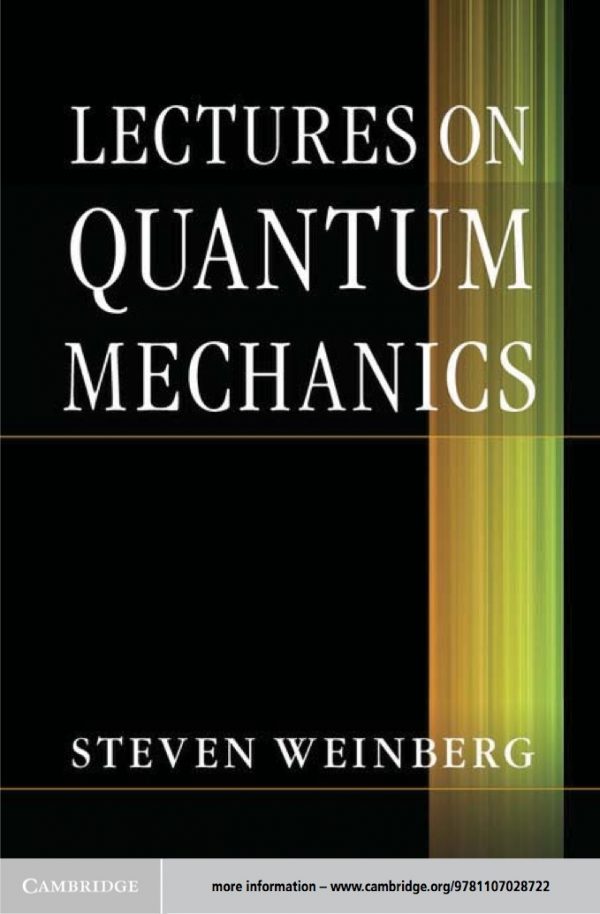
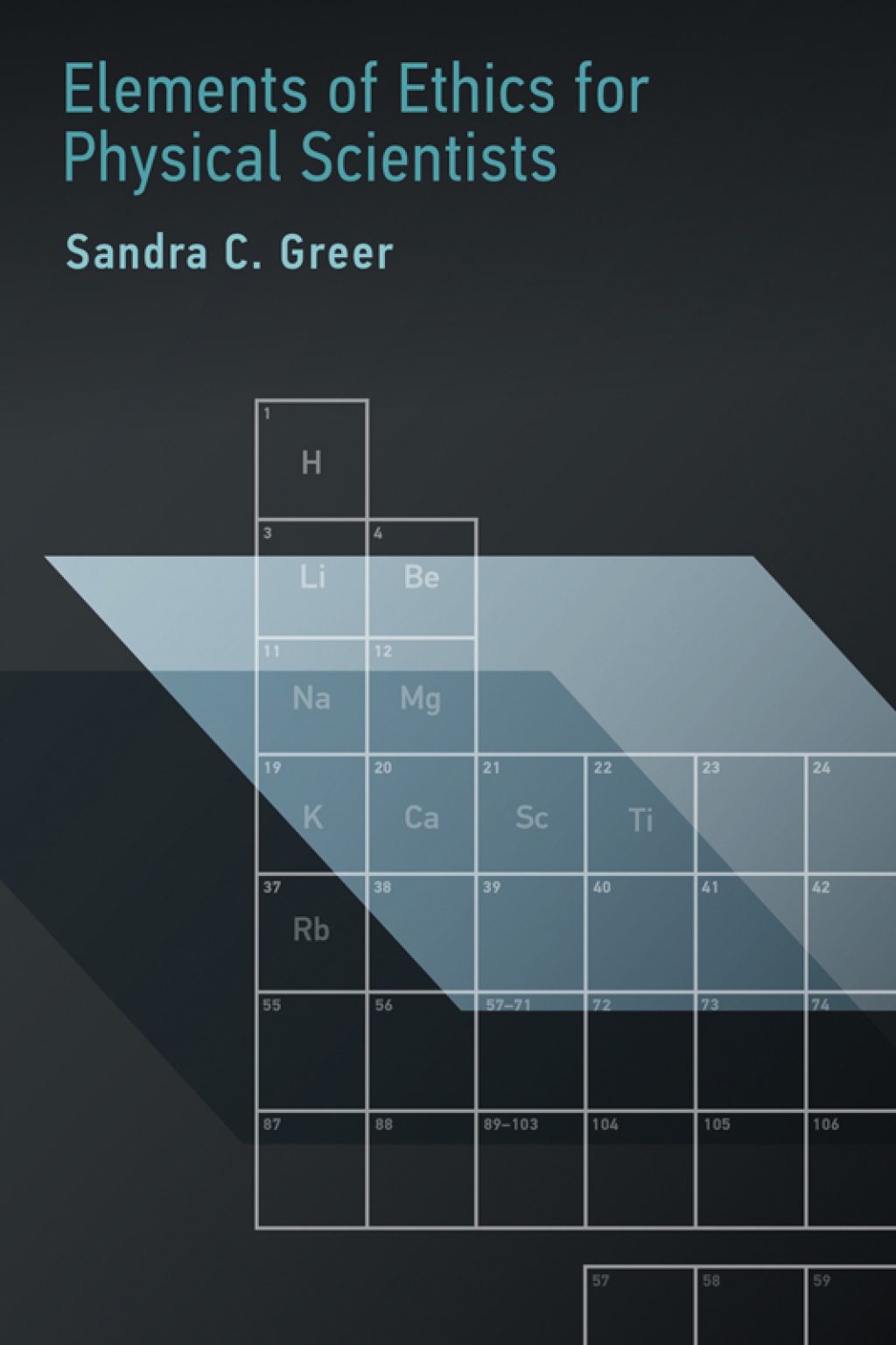

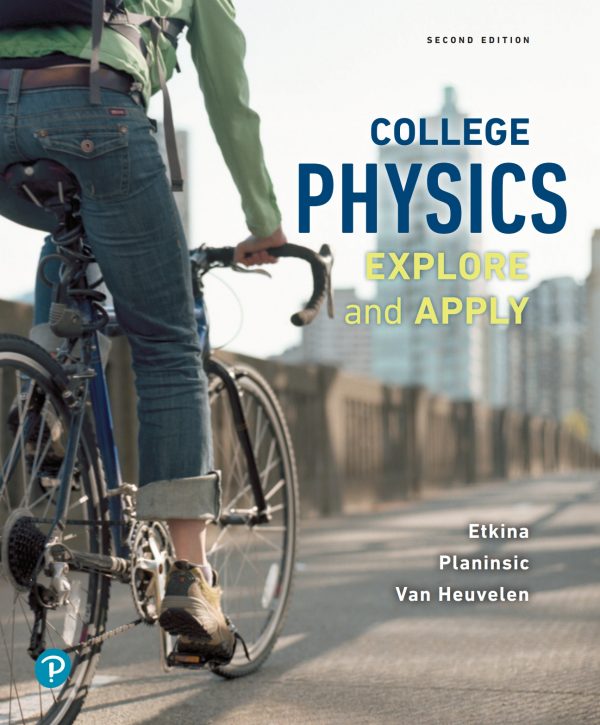
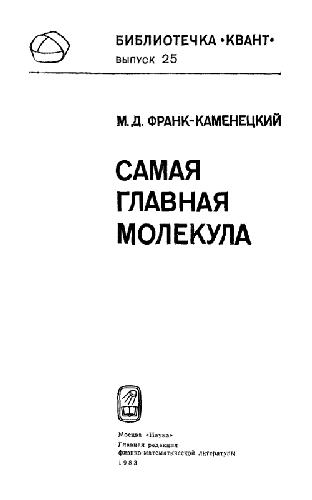
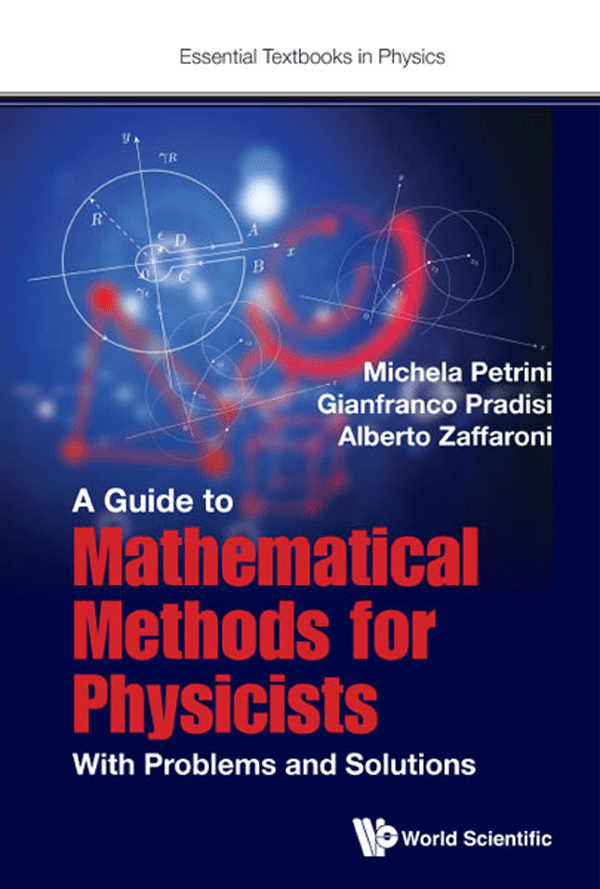
Reviews
There are no reviews yet.